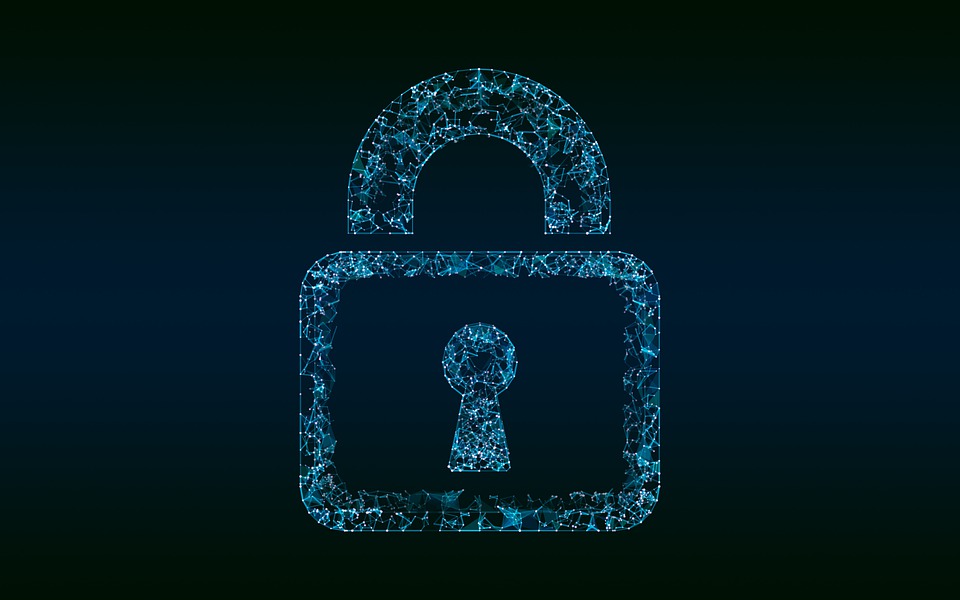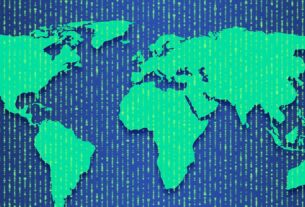Experts predicted five major trends in cybersecurity, which will determine the development of the IS market in the coming year 2021. According to the experts, the key changes in the industry will be caused by the transition to hybrid schedules combining remote and office work, limited business budgets, as well as increased activity of intruders in the changing IT landscapes of companies.
- Rethinking IS approaches in a hybrid work format
Companies’ information perimeters will become even more blurred: they must now include all devices on which employees work. The widespread shift to remote working will cause organizations’ perimeters to change. The factor of geographical distribution of workplaces is increasing: in part because companies in the remote work environment are more likely to hire employees from other regions. Decentralization of infrastructure, migration of resources to the cloud and the use of employee collaboration tools are also leading to the need for a significant change in the information security paradigm.
For the CIO, this means protecting not only the infrastructure deployed on company sites and in the cloud, but also the information systems that employees have at their disposal at home. To do that, it’s important to clearly understand what data is stored on personal devices and what risks arise from it.
- Increasing the share of IS in IT budgets
The complicated economic situation has two effects. On the one hand, it encourages the growth of cybercriminal activity. On the other hand, it limits the growth potential of business IT budgets. Investments into information security are traditionally estimated as a percentage of a company’s IT-budgets. In a situation when companies’ technology budgets do not grow on average (and many companies’ budgets are reduced), a temporary redistribution of budgets in favor of security tools is possible – primarily due to reduced spending on IT infrastructure development.
In addition, many companies will redistribute security budgets. Occurrence of fresh threats leads to the need to build new security models, assess risks, investigate incidents, so part of the budgets will be reallocated in favor of consulting services.
3 The use of behavioral analysis for data protection
Among information security specialists there already exists an understanding that there cannot be a single solution, which would protect a company from all threats. A reliable security system has a modular structure and consists of a set of solutions integrated with each other. Perimeter and firewall, web application security (WAF), and data leakage prevention (DLP) tools are becoming mandatory for all large companies.
In addition, analysts predict the growth of sales of systems in the categories of Managed security services (MSS), SOC and SIEM. According to experts, the role of behavioral analysis tools will grow in all of these solutions. This trend is driven by the need to recognize atypical behavior and abnormal account activity in remote work environments.
- Development of automation tools
Increased intruder activity and limited resources mean that the need for technologies to automate the work of IS departments is growing. For example, these tools include tools for automated classification of data according to its confidentiality level.
Correlationlation tools will be developed in 2021 allowing to find the correlation between events and focus the IS department’s attention only on the really dangerous events. Such systems will, on the one hand, eliminate the need for employees to check a huge number of notifications, and on the other hand, will prevent them from missing really important alerts indicating potential attacks.
- IS specialists will develop analytical skills
The demands on cybersecurity professionals are changing significantly. IS directors and their subordinates are becoming insufficiently technical, and more and more analytical skills are required. To build and develop a viable cybersecurity system, you need to constantly analyze business processes and understand their bottlenecks.
A successful CISO must not only know the theoretical framework, but also understand the composition of data in the organization, where it is stored, the level of confidentiality, and the specific risks for each category of data. IS department employees need a new combined set of technical and analytical skills, which in turn will change cybersecurity education programs.



